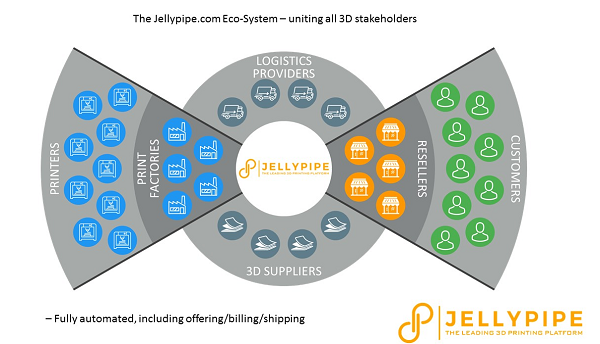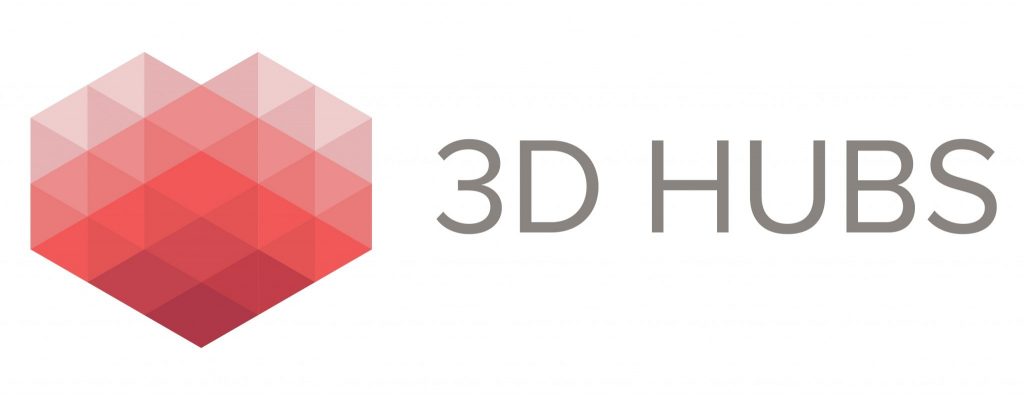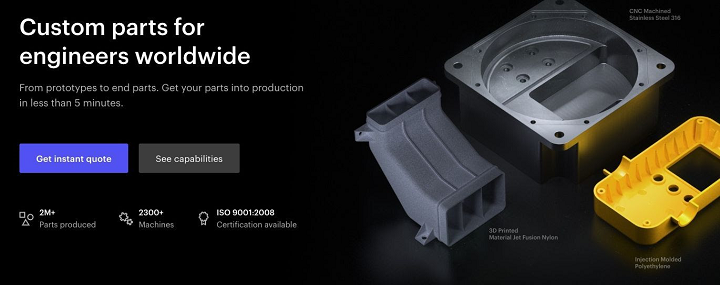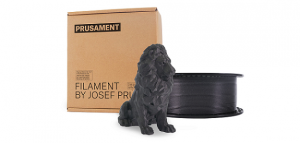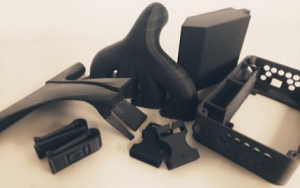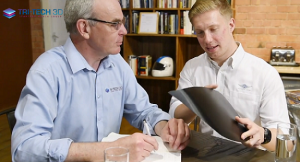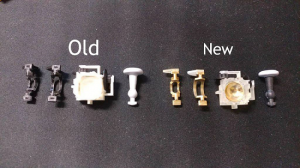We’re discussing an upcoming event and some business news in today’s 3D Printing News Briefs. 3D Systems is holding a virtual trade show next month. nTopology and Yamaichi have signed an agreement, and a 3D printing platform has announced the onboarding of Europe’s largest purchasing and marketing association for industrial B2B.
3D Systems Holding Virtual Trade Show
 On Wednesday, July 8, 2020, 3D Systems will be holding an exclusive virtual trade show centered on helping manufacturers keep their competitive advantage by using digital manufacturing solutions to fix supply chain dependencies, streamline supplier distribution, reduce supply interruptions, and lower risk. By integrating both additive and subtractive technologies into the environment, businesses can improve their productivity and agility, and offer customers new innovations. 3D Systems’ own Phil Schultz, Executive Vice President, Operations, and Radhika Krishnan, Executive Vice President and General Manager – Software, will give the keynote address for the event.
On Wednesday, July 8, 2020, 3D Systems will be holding an exclusive virtual trade show centered on helping manufacturers keep their competitive advantage by using digital manufacturing solutions to fix supply chain dependencies, streamline supplier distribution, reduce supply interruptions, and lower risk. By integrating both additive and subtractive technologies into the environment, businesses can improve their productivity and agility, and offer customers new innovations. 3D Systems’ own Phil Schultz, Executive Vice President, Operations, and Radhika Krishnan, Executive Vice President and General Manager – Software, will give the keynote address for the event.
“Phil Schultz and Radhika Krishnan outline the essence of agile manufacturing, explaining in practical terms how to transform your environment to deliver a digital end-to-end manufacturing workflow that is fit for today and perfect for tomorrow.”
The event will kick off at 9:30 am EST and, in addition to the keynote, will include live webinar presentations and a virtual exhibit hall. Register here. If you’re unavailable to attend on the day of, the virtual trade show will be available on demand for the 30 days following the event.
nTopology and Yamaichi Sign MoU
 Software startup nTopology has signed a Memorandum of Understanding (MoU) with Yamaichi Special Steel (YSS) to bring its next-generation nTop software platform to Japan. YSS is part of the automotive and heavy industry manufacturing supply chain in Japan, and its additive division promotes 3D printing and DfAM in the aerospace, automotive, and medical industries. The two have set up a reseller and service agreement, where YSS will bring nTop to its Japanese customers, providing support and training to users. Then, the Cognitive Additive solution of YSS will be connected to the nTop platform, to help users predict cost and printability.
Software startup nTopology has signed a Memorandum of Understanding (MoU) with Yamaichi Special Steel (YSS) to bring its next-generation nTop software platform to Japan. YSS is part of the automotive and heavy industry manufacturing supply chain in Japan, and its additive division promotes 3D printing and DfAM in the aerospace, automotive, and medical industries. The two have set up a reseller and service agreement, where YSS will bring nTop to its Japanese customers, providing support and training to users. Then, the Cognitive Additive solution of YSS will be connected to the nTop platform, to help users predict cost and printability.
To kick off the partnership, the YSS Additive Manufacturing team used topology optimization to redesign a brake caliper. As the part is used in a high temperature and fatigue environment, YSS designed a TPMS-based heat exchanger for the caliper, and also added an oil circuit and shielding surfaces. The brake caliper was 3D printed out of aluminum alloy AlSi10 using laser powder bed fusion (L-PBF) technology.
Jellypipe Onboards PVH Future LAB and E/D/E
German 3D printing platform Jellypipe uses its Jellypipe Eco-system to help companies take their 3D business to the next level, and features a comprehensive marketplace and the largest 3D printing factory in the D-A-CH region. Now, it’s announced the onboarding of PVH Future LAB, an innovation platform for technology-driven business models, and Einkaufsbüro Deutscher Eisenhändler GmbH (E/D/E), which drives PVH and is the largest purchasing and marketing association for industrial B2B in Europe. Both will now connect to the Jellypipe Eco-system.
“With Jellypipe’s 3D ecosystem – the connection with 3D specialists and our partners is a most important step in the digital automation and supply of 3D printed parts,” said Thilo Brocksch and Frederik Diergarten, both General Managers at PVH FUTURE LAB GmbH. “We can now offer our customers a new and wide process range for 3D printed products.”
Discuss these stories and other 3D printing topics at 3DPrintBoard.com or share your thoughts in the Facebook comments below.
The post 3D Printing News Briefs, June 10, 2020: 3D Systems, nTopology, Jellypipe appeared first on 3DPrint.com | The Voice of 3D Printing / Additive Manufacturing.

